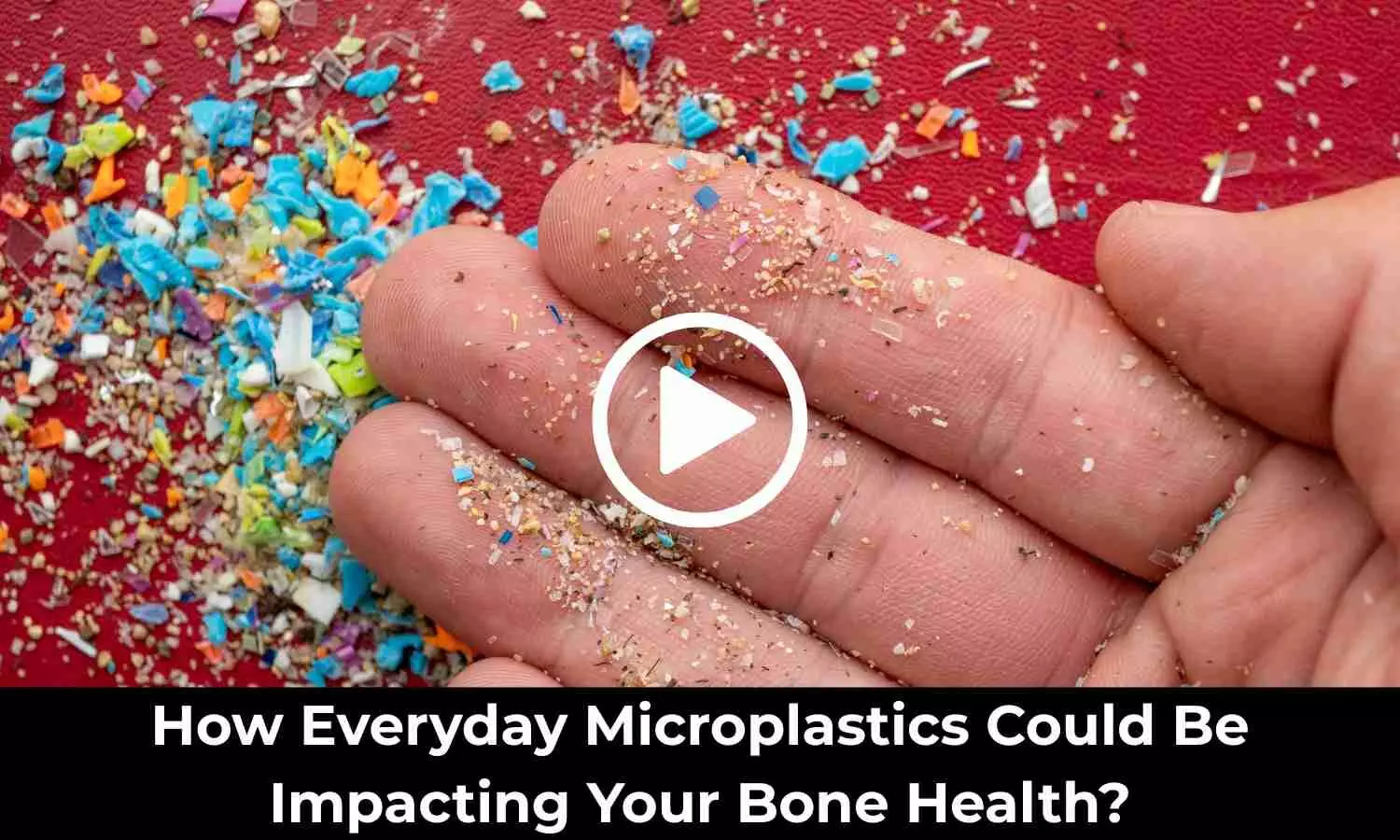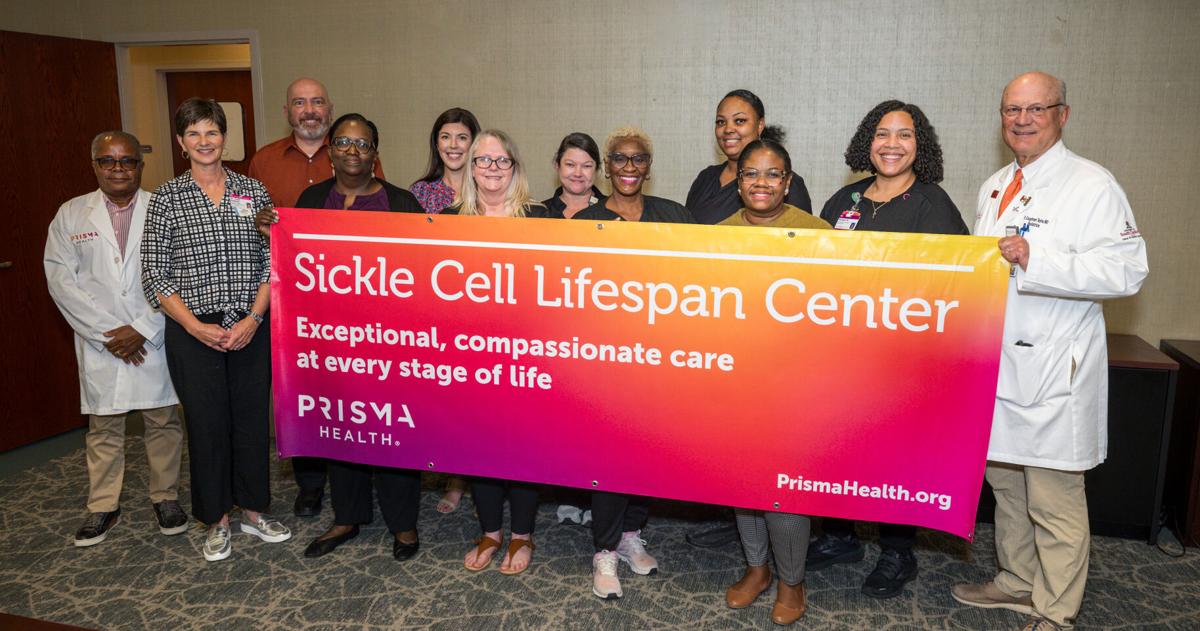By Dr. Bhumika Maikhuri
Copyright medicaldialogues

A new study published in Osteoporosis International reveals a growing concern in medical science: microplastics may be harming bone health. Supported by FAPESP (São Paulo Research Foundation), the study reviewed 62 scientific articles and found that plastic particles, found everywhere from oceans to drinking water, can negatively impact bone structure, especially by impairing bone marrow stem cells and promoting bone resorption. The environmental and health consequences of plastic pollution have been widely documented. More than 400 million tons of plastic are produced annually, contributing around 1.8 billion tons of greenhouse gases. But the health impact extends beyond climate and ecosystems. Tiny plastic particles from clothing, furniture, packaging, and other items can be inhaled, ingested, or absorbed through the skin, and have already been found in human blood, breast milk, the placenta, and even brain tissue. In the study, researchers highlighted that microplastics may reach deep tissues, including the bone marrow. The methodology involved a literature review and in vitro experiments with bone tissue cells. Findings showed that microplastics can reduce cell viability, accelerate aging, disrupt cell differentiation, and promote inflammation. In animal studies, accelerated osteoclast senescence—a process where bone-degrading cells age rapidly—was linked to structural deformities, weakened bones, and even halted skeletal growth. “Most strikingly, a significant body of research suggests that microplastics can reach deep into bone tissue, such as bone marrow, and potentially cause disturbances in its metabolism,” explains Rodrigo Bueno de Oliveira, coordinator of the Laboratory for Mineral and Bone Studies in Nephrology (LEMON) at the State University of Campinas (UNICAMP), Brazil. “In this study, the adverse effects observed culminated, worryingly, in the interruption of the animals’ skeletal growth,” said Oliveira. With osteoporosis-related fractures projected to rise 32% by 2050, this research could offer critical insight into how environmental pollutants contribute to worsening bone health. Reference: Pelepenko, L. E., et al. (2025). Effects of microplastics on the bones: a comprehensive review. Osteoporosis International. doi.org/10.1007/s00198-025-07580-4



